Ownership Change at Gold Coast Doulas

In 2015, when my daughter was 2 years old, I decided to leave my office job and become a postpartum doula. Kristin was one of the first doulas I met, and we actually took our postpartum trainings together. Little did we know that a year later she would call me to ask if I wanted […]
How to get my baby to sleep through the night.
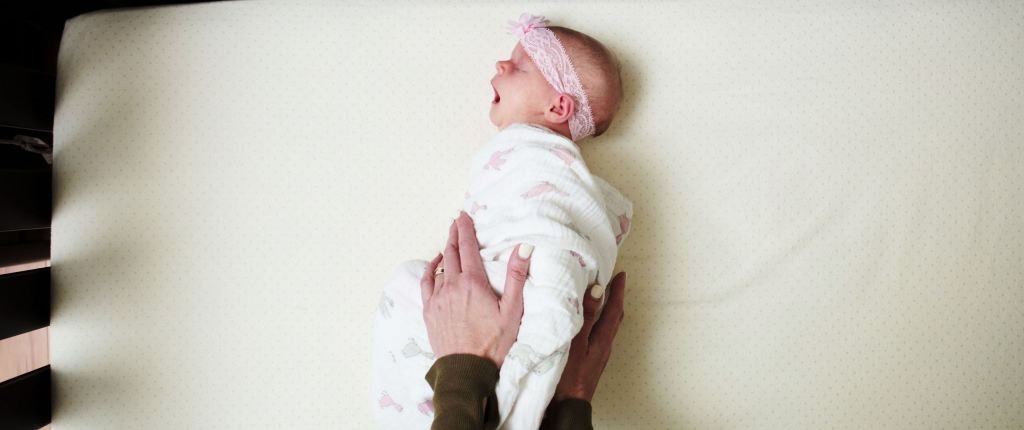
This is probably the most commonly asked sleep question for parents, and unfortunately there isn’t an easy answer! There are many factors involved when attempting to answer this question. It can depend on things like: How old is your baby? How much do they eat? How often do they eat? Were they premature? Do they […]
Saturday Series of Classes: Podcast Episode #102
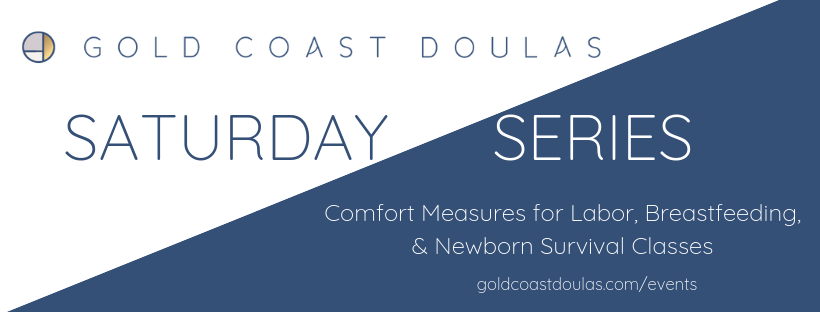
Kristin Revere, Kelly Emery, and Alyssa Veneklase talk about their Saturday Series of classes offered through Gold Coast Doulas. Each goes in to detail about what their classes cover including Comfort Measures for Labor, Breastfeeding, and Newborn Survival. You can listen to this complete podcast episode on iTunes or SoundCloud. Kristin: Welcome to Ask […]
Coronavirus Update on Doulas: Podcast Episode #94

Kristin and Alyssa, Co-Owners of Gold Coast Doulas, give an update on doulas and the coronavirus. How is this affecting birth doulas in the hospital and postpartum doulas in the home? They also talk about virtual classes such as Mama Natural Online to help new parents stay prepared while social distancing. You can listen to […]
Meet our new IBCLC, Kelly Wysocki-Emery!
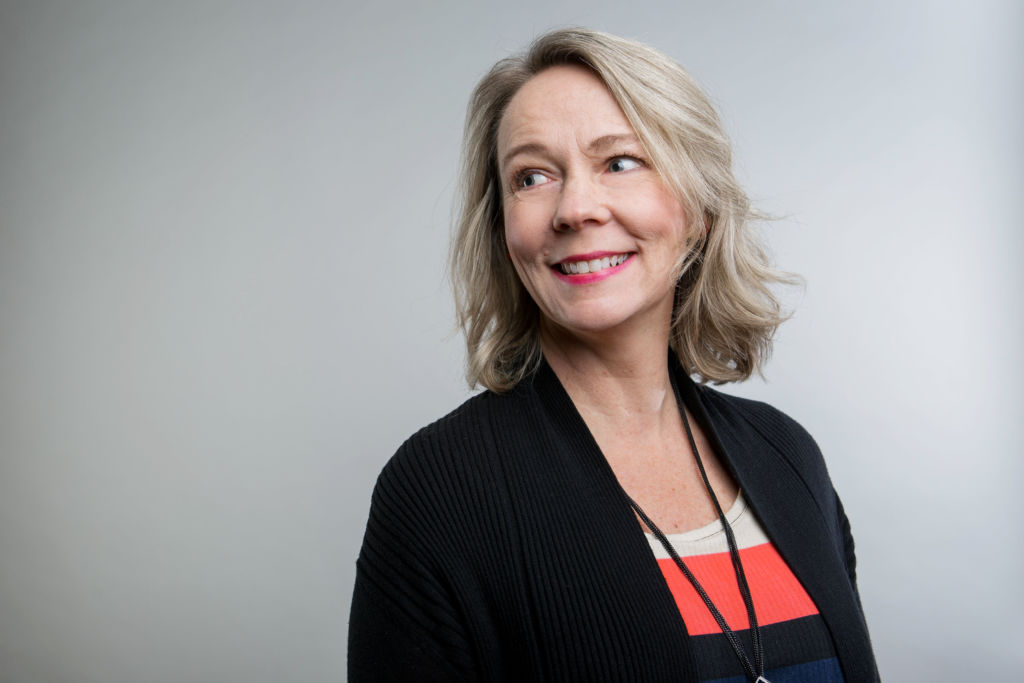
We are thrilled to have Kelly join the Gold Coast Team. Many of our doulas have used Kelly personally for lactation consultations with their own children. She comes to us with years of experience and a trusted name in the community. 1) What did you do before you became a lactation consultant? In a former […]
Jamie’s Breastfeeding Experience: Podcast Episode #76
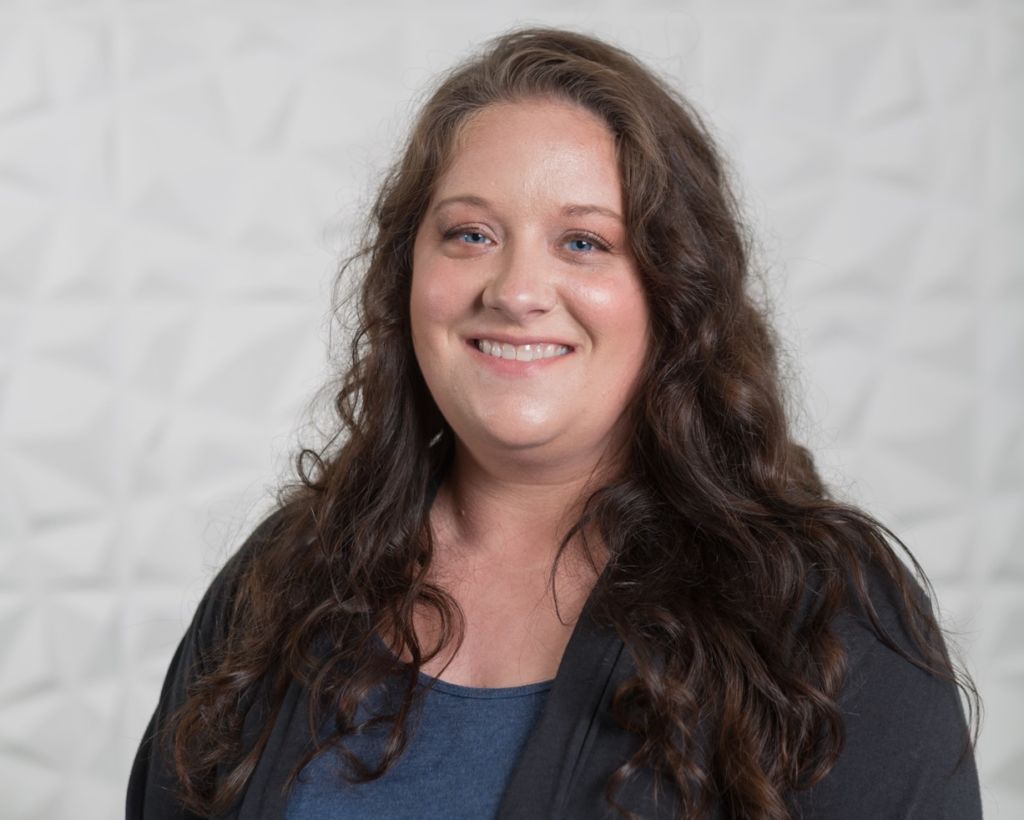
Jamie Platt, Birth and Postpartum Doula with Gold Coast Doulas, tells us about three completely different breastfeeding experiences with her three children. This podcast was recorded over a year ago, and Jamie is now a certified lactation counselor. You can listen to this complete podcast episode on iTunes or SoundCloud. Alyssa: Hi, welcome to another […]
Benefits of A Postpartum Doula and Why Should You Hire One?
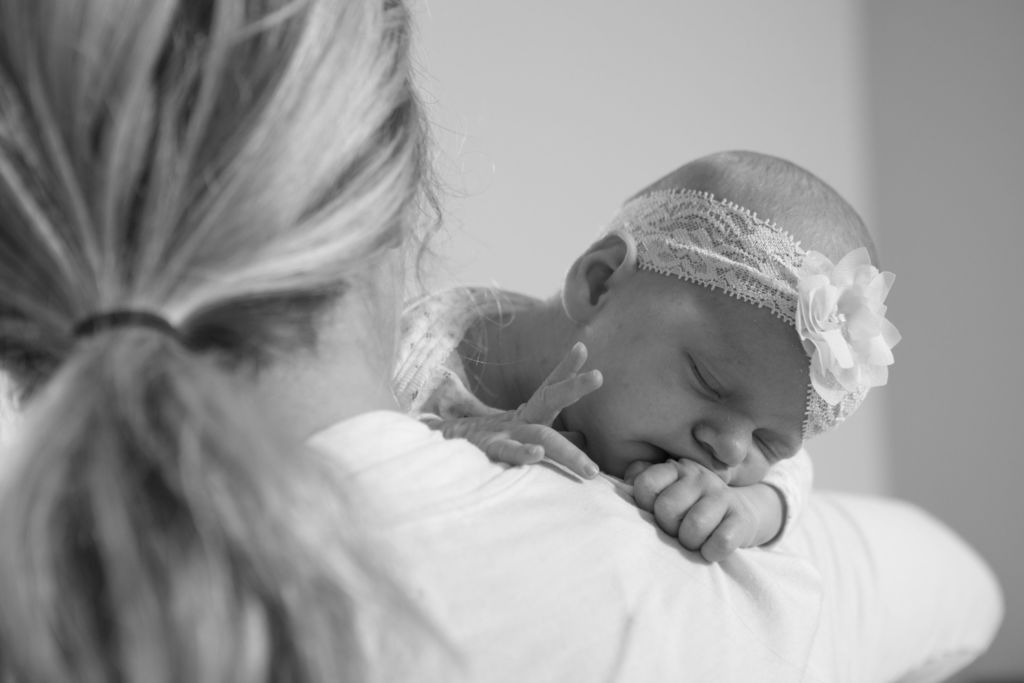
Author Bio: Roselin Raj is a journalist and a writer. She has been writing extensively on health and wellness related topics for over a decade. Besides her professional interests, she loves a game of basketball or a good hike in her free time to fuel her spirits. “Health is wealth” is one motto of life […]
What’s the tongue have to do with breastfeeding? Podcast Episode #75
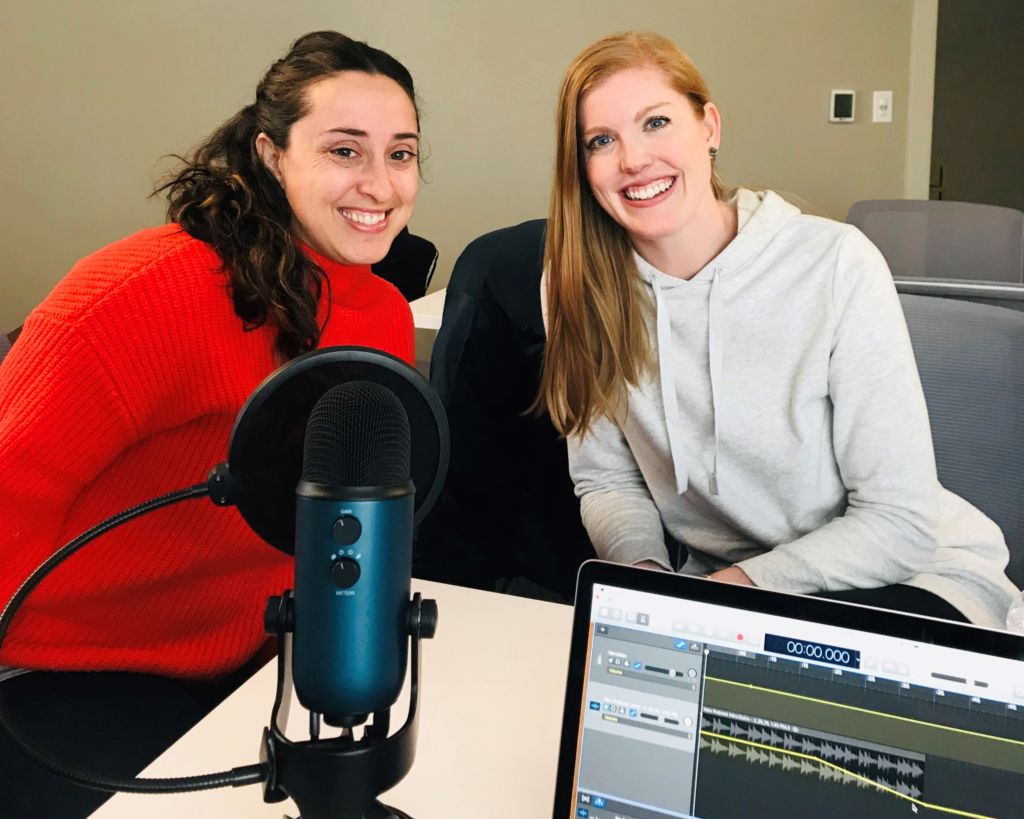
Hear two experts talk about the link between a baby’s tongue and breastfeeding. What are some signs of a tongue tie and what does that procedure even look like? Shira Johnson, IBCLC, and Dr. Katie Swanson, Certified Pediatric Dentist, give us some insight into breastfeeding a newborn. You can listen to this complete podcast episode […]
Meet our new IBCLC, Cami!
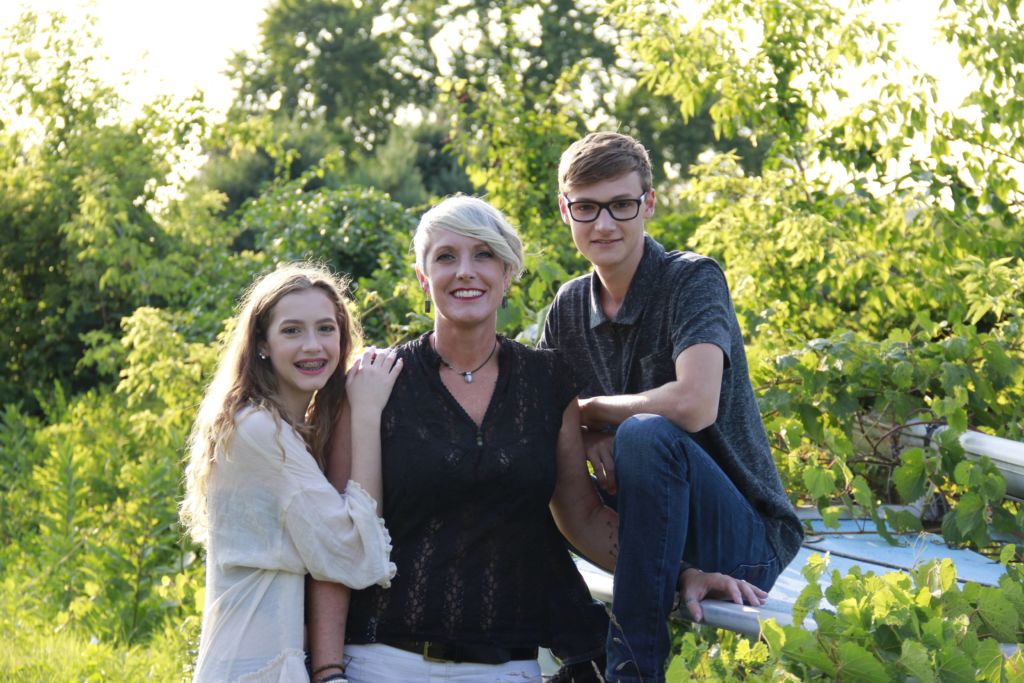
We are so excited to announce that we now have a Lactation Consultant on the lakeshore! Cami comes to Gold Coast with an amazing medical background and almost 20 years of experience as an IBCLC. Let’s get to know her a little better. 1) What did you do before you became an IBCLC? I have […]
7 Things You Didn’t Know About Breastfeeding

Today’s guest blog is written by Natalie Michele of Maternity At Home. As soon as you start to breastfeed, most of the women you meet on a daily basis, including your mom, friends, and even acquaintances, will have one or two things to tell you about what to do when nursing a baby. Some will […]
Can My Body Make Enough Milk for My Baby?
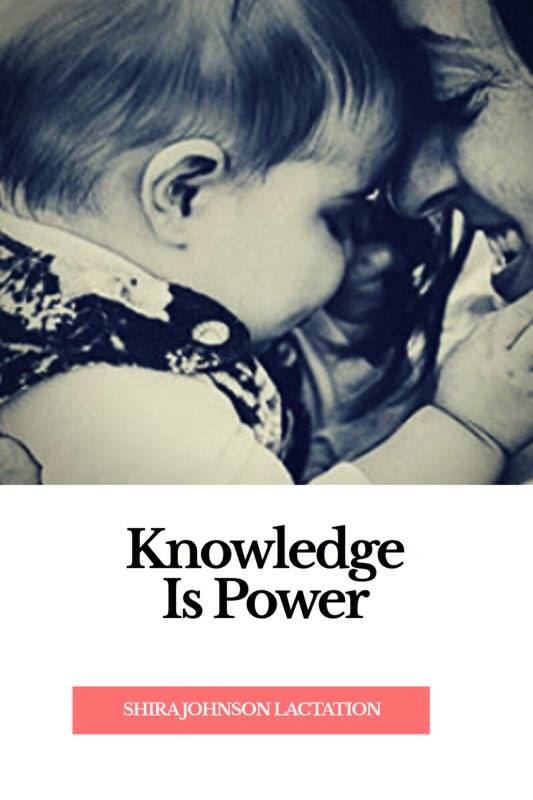
We are pleased to present a guest blog by Shira Johnson, IBCLC. Can My Body Make Enough Milk for My Baby? Fact: Most breastfeeding mothers, at one time or another, worry about their milk supply. They wonder whether their body will make enough milk for their baby, if their supply will last. Not surprising, since […]
Why Take a Breastfeeding Class?

Why Take a Breastfeeding Class? We are pleased to present a guest blog by Shira Johnson, IBCLC . Breastfeeding is natural, right? Well, yes… But it doesn’t always come naturally! Just like parents educate themselves about pregnancy and birth, it’s valuable to have basic knowledge about breastfeeding before baby arrives (we don’t read up on […]
